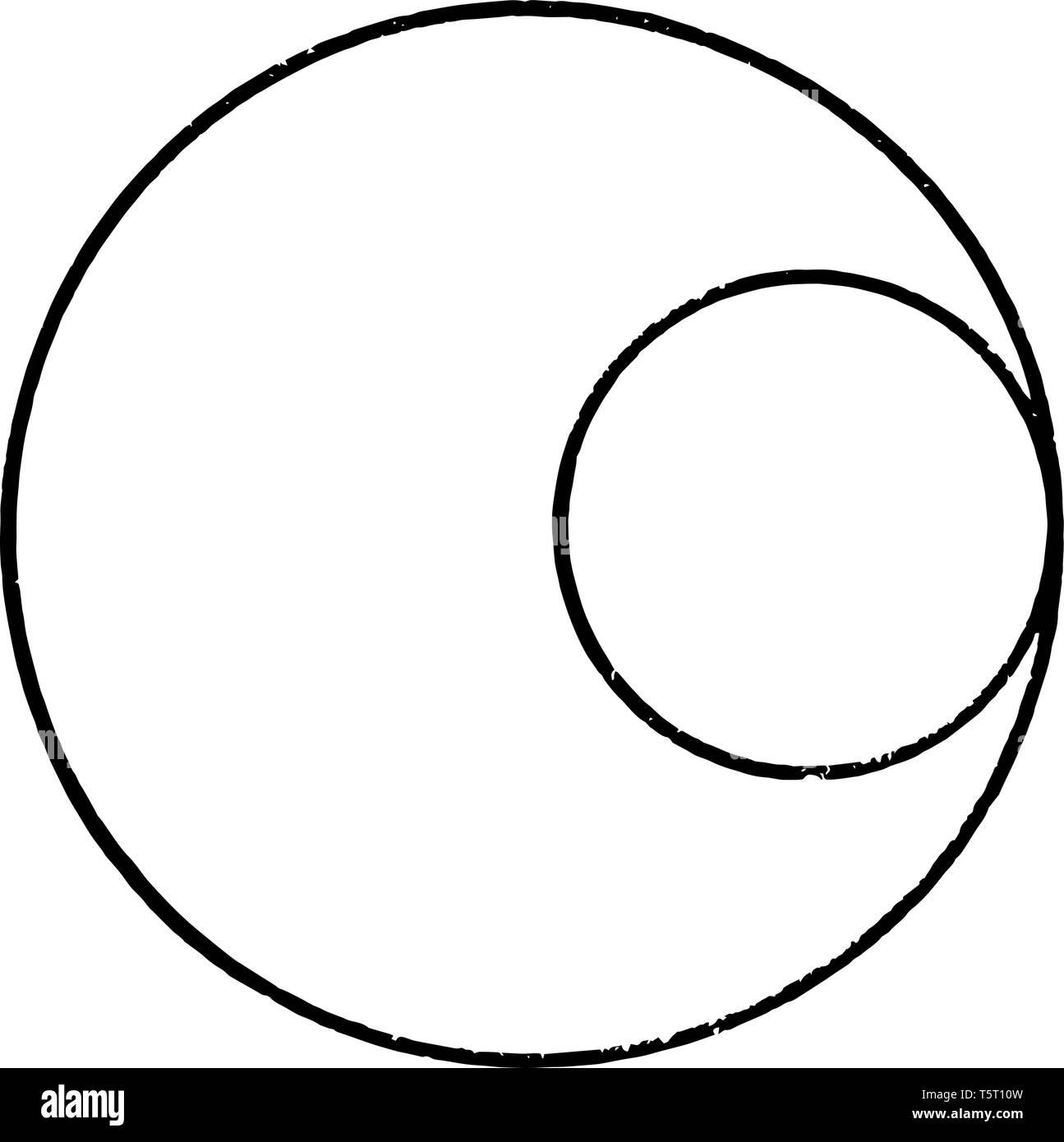A much higher degree of automation is also required; on one hand the number of systems installed in the turret is constantly increasing, therefore automated functions allow reducing the crew workload. These will also become key in the future, as Rheinmetall foresees the advent of big calibre unmanned turrets, which might also be installed on unmanned platforms.
Beside adding automation functions, the automatic loader is a must due to rounds weight as well as to the above considerations. The Rheinmetall design team aimed at increasing the 1.5 km maximum range of the lower calibre gun by 1,000 or even 2,000 meters, all this in a gun system capable to be fitted in a platform with a maximum combat weight of 40-50 tonnes, as the company aims braking the weight increase spiral that brought current MBTs close to the 80 tonnes mark. Being a new system, the 130 mm was designed with an inherent growth potential, to cope with increasing protections on the enemy side. “We aim at reaching TRL6 in 2026. In the first four years, since 2015, we did a lot of optimisation to find out the right cartridge for this future gun system, and in parallel we did conceptual work on the autoloader and investigations in weapon components,” Dr. Schmidt explained. Before coming to the current gun, Rheinmetall considered numerous calibres and chamber volumes, between 120 and 157 mm and between 10 and 20 litres, and extreme service condition pressure between 700 and 800 MPa. Maximum barrel length was set at 8 meters. Interfaces between weapon, ammunition, target, turret and loader were considered. Interior ballistics had to be optimised for a much bigger chamber than that of the 120 mm gun. Three different types of prototype ammunition were developed and test fired since 2016, while a number of other parameters were analysed, including recoil forces, muzzle energy, barrel and weapon mass, and other. The next four years were devoted to develop subsystems, such as different barrel variants, the recoil system, the cradle and the autoloader, bringing them into the turret, and then starting testing at subsystem and system level. “We have carried out the first firing testing of the weapon in the turret, although not fully integrated, and then we did additional accuracy and performance testing, hitting an A4-size target at 1,000 meters distance with four shots,” Dr. Schmidt unveils.
The autoloader was one of the key components; developed by Rheinmetall Air Defence in Oerlikon, near Zurich, it has now been integrated into the turret allowing to prove the whole loadings sequence. Requirements call for a less than 3 seconds loading time and less than 2 seconds feeding time, the breech requiring around 1 second to move backward and one more second to go forward. Loading is controlled by a series of sensors, and as the system is brand new the movies shown during the presentation allowed for some extra time, 3-4 seconds, for safety checks. “As muzzle energy is of around 18 MJ we want to be sure everything is right before shooting,” Dr. Schmidt underlined.
He also confirmed the already available data of 20 shots, separated in two magazines, on both sides of the loading mechanism, adding however that the number of rounds might be increased up to 30 “but losing a lot of space around.” As a quick reload procedure is available, this ensures that 20 rounds are enough, according to the speaker. The autoloader can not only ensure the loading of the ammunition but the unloading as well, a peculiarity compared to other systems that are unable to do the unloading. “This is because we look at using it into an unmanned turret, so it must be able to do all operations,” he added, explaining that time needed for unloading is around 6 seconds, as pulling the round needs to be done with lower forces compared to ramming. This means that unloading a round and shooting the next one will take around 9 seconds. Moreover, the Panther/KF51 autoloader is also able to reorganise ammunition in the magazines, which might allow for example filling up one of the magazines, empting the other one in order to replace it. As for precision, “What was surprising was that with the gun integrated into the turret we achieved a higher precision compared to what we obtained in bench firing adjusting the gun every time,” Dr. Schmidt unveiled. We must consider that a KE round weighs around 32 kg while an HE round is at around 40 kg, while the travel between the position in the autoloader to the rammed position in the chamber is around 2.6 meters.








 Igaz az ágyú 105mm!
Igaz az ágyú 105mm!

